Crohn's Disease Cobblestone Mucosa
Crohn's disease cobblestone mucosa. In mild Crohns disease small canker sores aphthous ulcers may be seen in the mucosa. Inflammatory bowel disease. Fissures in mucosal folds lead to fistulas or sinus tracts Usually rectal sparing.
Oxalate kidney stones due to colonic disease. Extraintestinal manifestation of Crohn disease includes oral aphthous ulcer erythema nodosum osteomalacia and anemia due to chronic malabsorption. Symptoms often include abdominal pain diarrhea which may be bloody if inflammation is severe fever abdominal distension and weight loss.
Pseudopolyposis in ulcerative colitis or a cobblestone appearance in Crohn disease results when extensive ulceration develops and only scattered islands of relatively normal mucosa remain. 2 In moderate Crohns disease the ulcers become larger stellate ulcers. Disease overall is less severe in distal vs.
Crohns disease is a chronic inflammatory condition affecting the gastrointestinal tract at any point from the mouth to the rectum. Crohns disease is a type of inflammatory bowel disease IBD that may affect any segment of the gastrointestinal tract from the mouth to the anus. Crohn Disease of Small Bowel.
Crohns Disease should be included in the differential diagnosis of labial lesions11. There is a sinus tract also visualized green arrow another manifestation of Crohn Disease. Aphthous mucosal ulcers coalesce into long serpentine linear ulcers along bowel axis to acquire cobblestone appearance.
Most cases involve the small bowel particularly the terminal ileum. Oral features of Crohns disease include ulcers lip fissuring cobblestone plaques angular cheilitis polypoid lesions and perioral erythema. Pancreatitis due to sulfasalazine mesalamine azathioprine or.
Patients may experience diarrhea abdominal pain fever weight. Along with mucosal tags cobblestoning is highly sug-.
The loop sits away from the other small bowel loops proud loop mostly because of surrounding fat white arrow.
Oral features of Crohns disease include ulcers lip fissuring cobblestone plaques angular cheilitis polypoid lesions and perioral erythema. Symptoms often include abdominal pain diarrhea which may be bloody if inflammation is severe fever abdominal distension and weight loss. Pyostomatitis vegetans is a rare eruption of the oral mucosa characterized by tiny yellow pustules. Cobblestone change of the mucosa of the terminal ileum in a patient with Crohn disease. Introduction Crohns Disease is an idiopathic chronic transmural inflammatory process of the bowel that can affect any part of the gastro intestinal tract from the mouth to the anus. Pancreatitis due to sulfasalazine mesalamine azathioprine or. Fissures in mucosal folds lead to fistulas or sinus tracts Usually rectal sparing. Crohns disease is a type of inflammatory bowel disease IBD that may affect any segment of the gastrointestinal tract from the mouth to the anus. Osteonecrosis due to chronic steroid therapy.
Longitudinal and circumferential fissures and ulcers separate islands of mucosa giving it an appearance reminiscent of cobblestones. Crohns disease is a chronic inflammatory condition affecting the gastrointestinal tract at any point from the mouth to the rectum. A discrete cobblestone appearance of the buccal mucosa is however an accepted but rare feature of Crohns Disease22. Extraintestinal manifestation of Crohn disease includes oral aphthous ulcer erythema nodosum osteomalacia and anemia due to chronic malabsorption. Crohns disease is a type of inflammatory bowel disease IBD that may affect any segment of the gastrointestinal tract from the mouth to the anus. Cobblestoning having a cobblestone appearance can occur in a number of hollow organs with mucosa most commonly the bowel in the setting of Crohn disease. There is a sinus tract also visualized green arrow another manifestation of Crohn Disease.
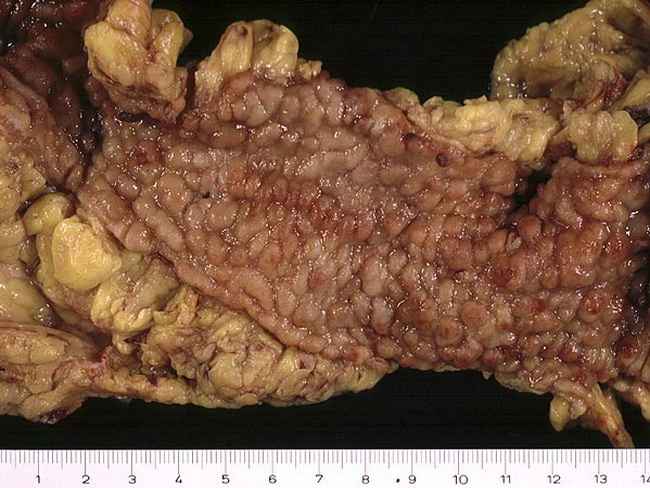

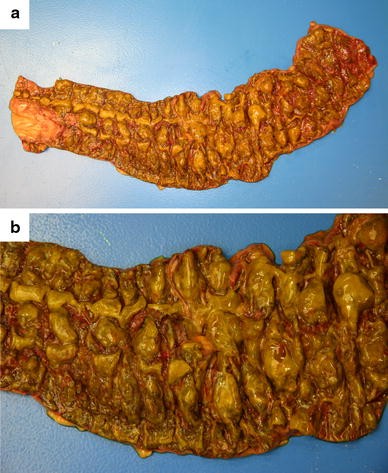

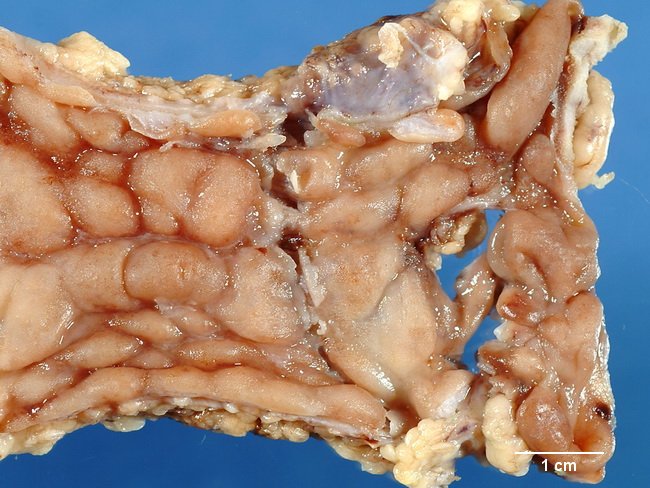

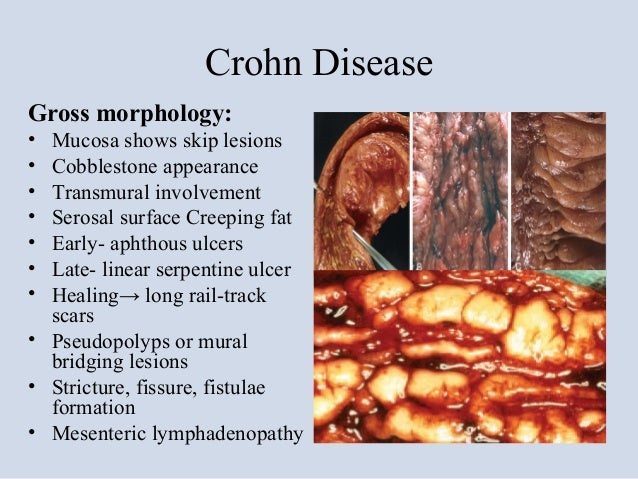
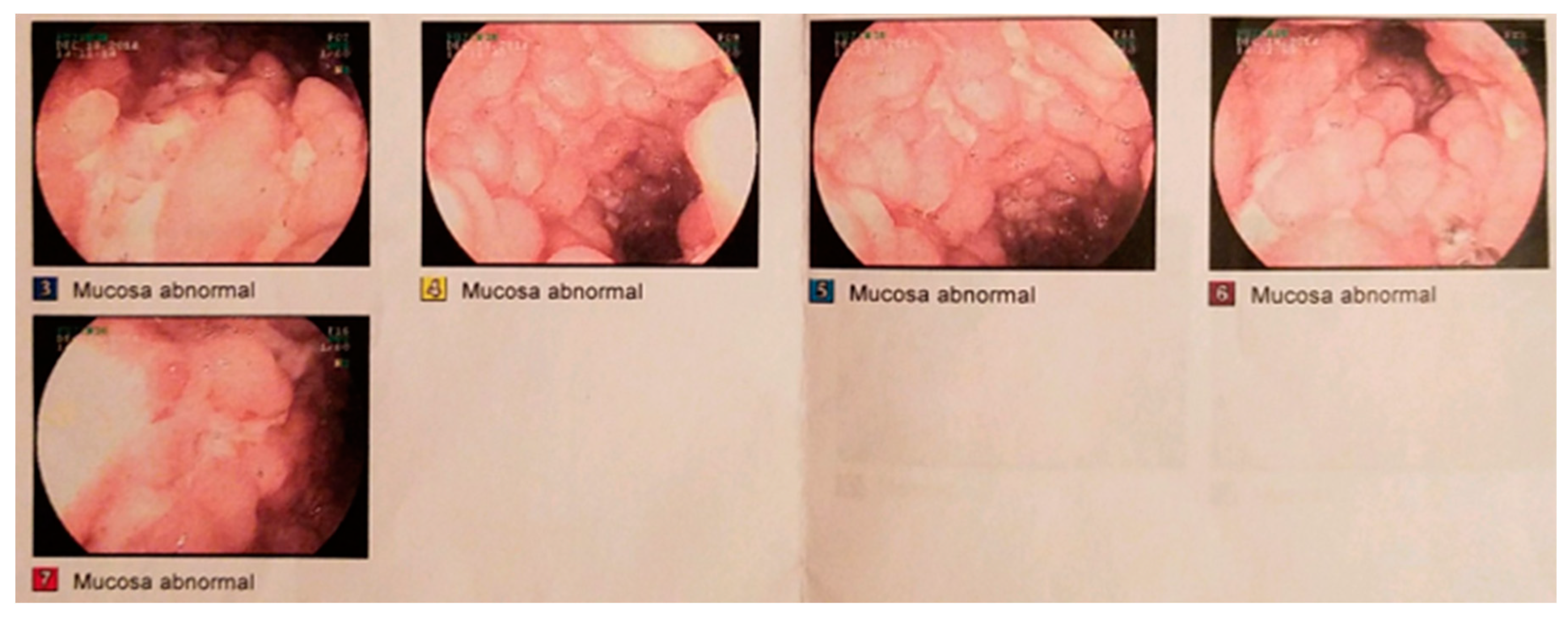

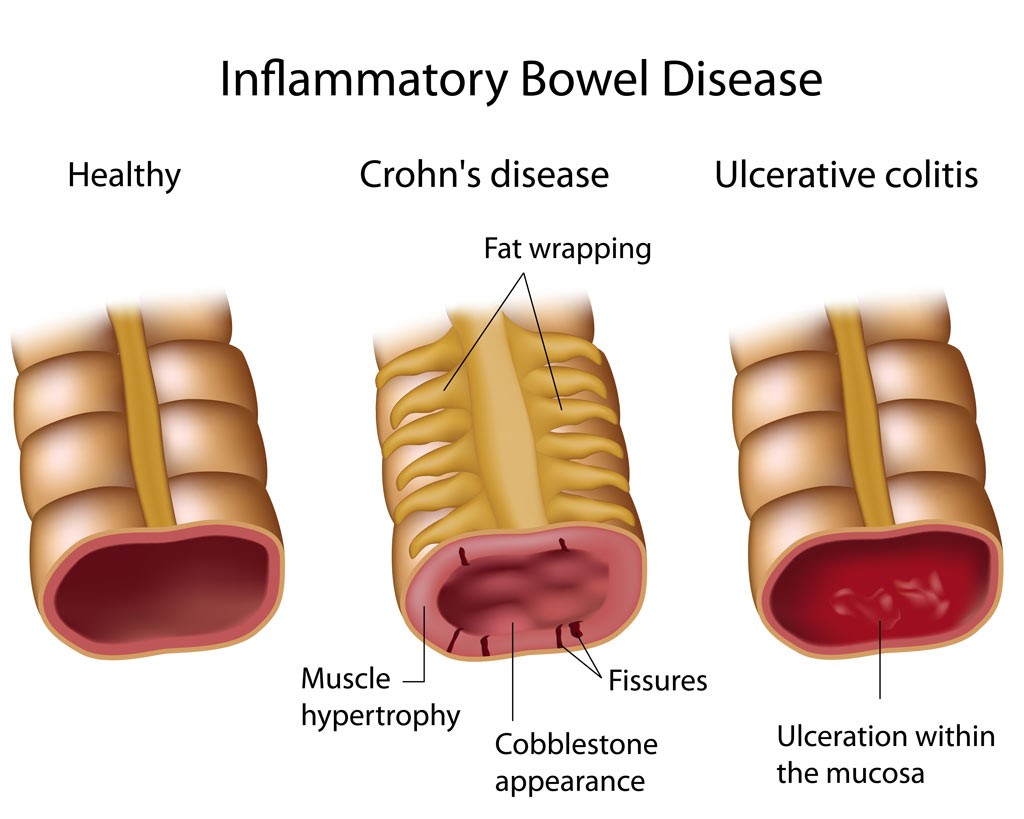

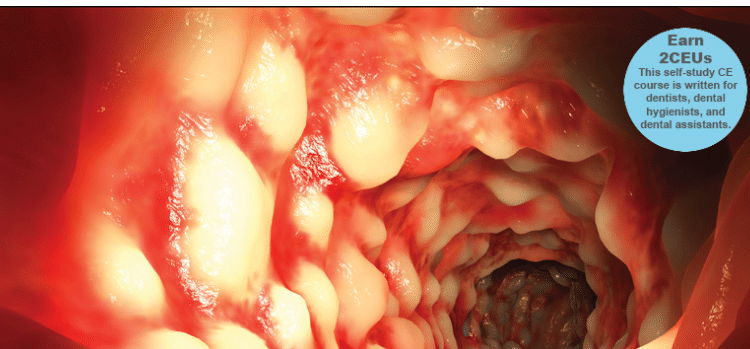

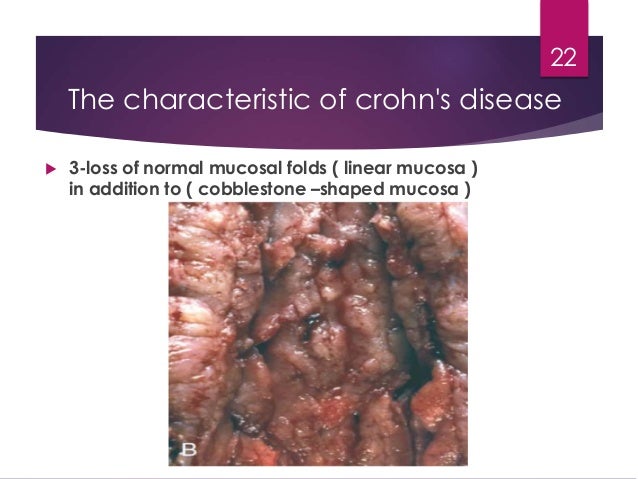
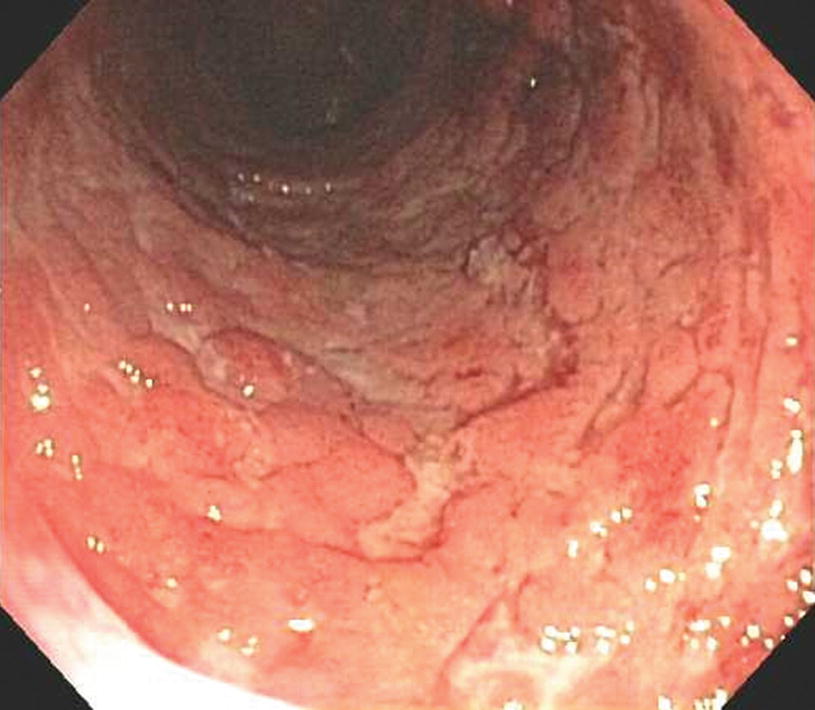



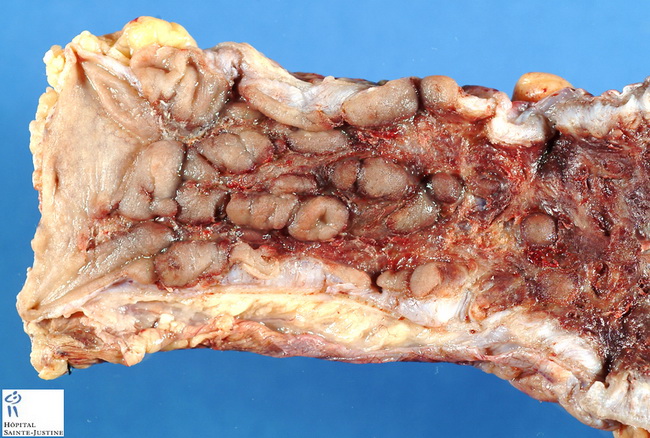
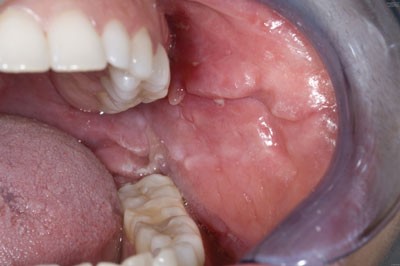


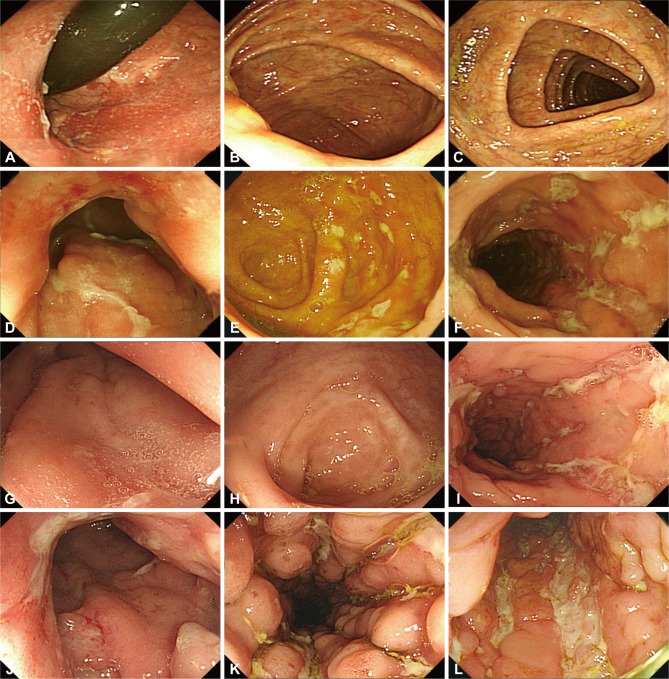

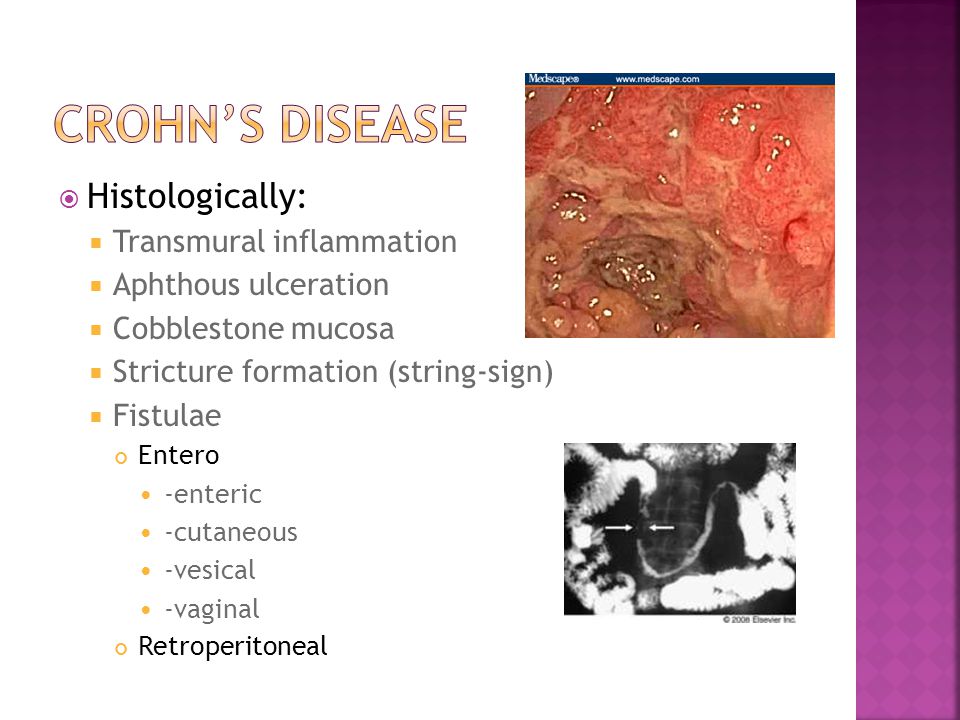

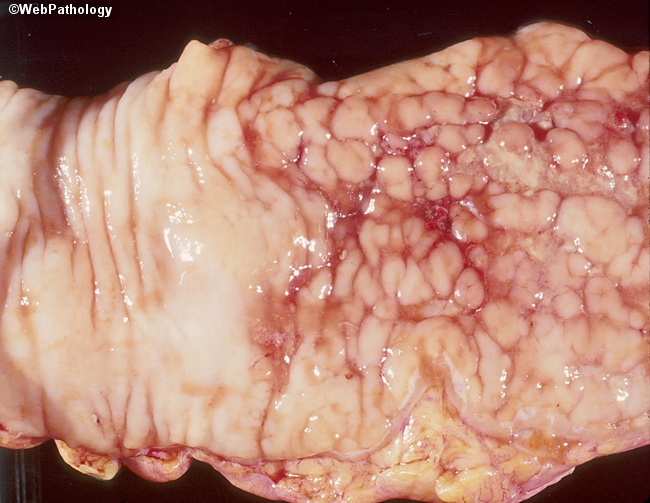

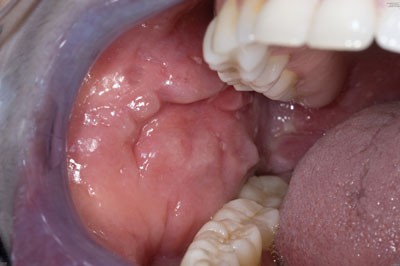
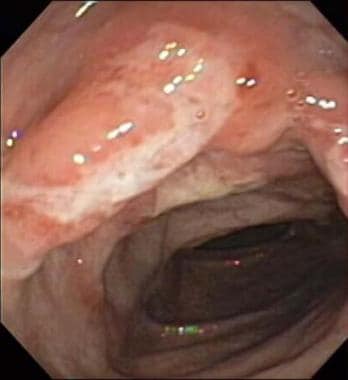
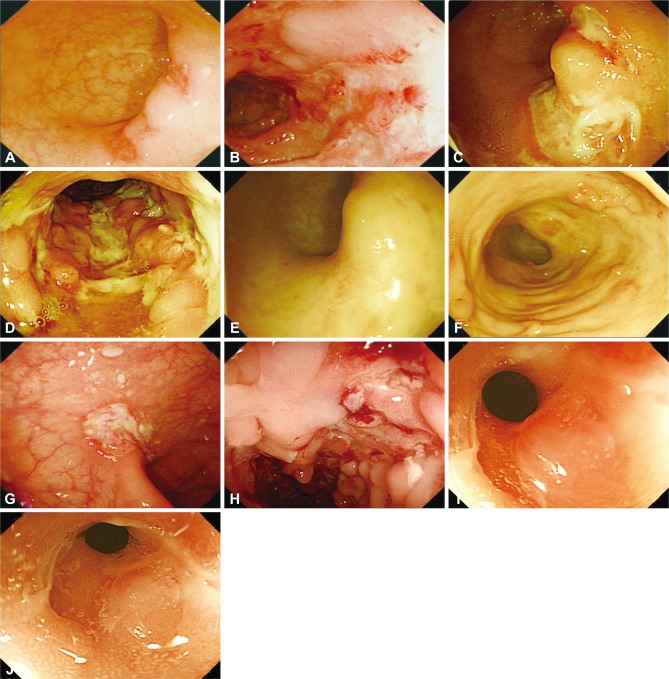

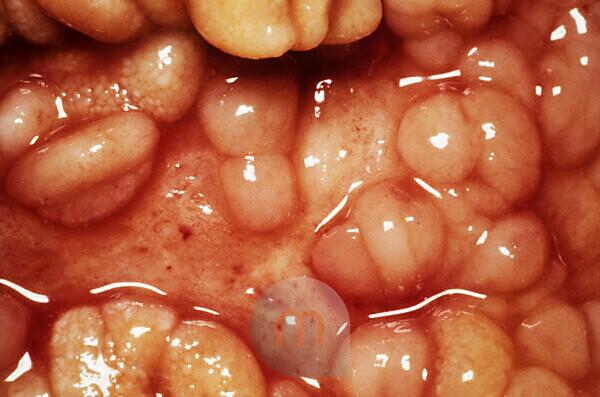
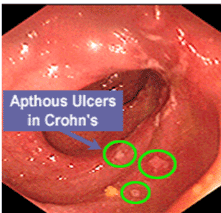
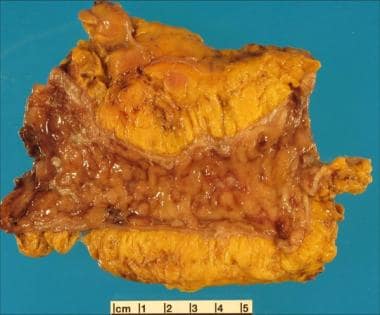


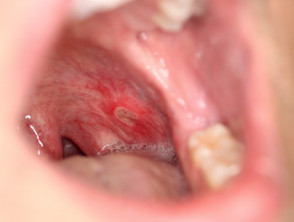



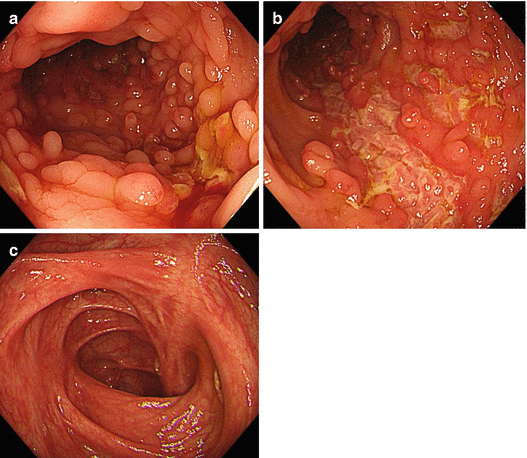
Posting Komentar untuk "Crohn's Disease Cobblestone Mucosa"